Neurologic Disease of Sheep and Goats
1/21
There's no tags or description
Looks like no tags are added yet.
Name | Mastery | Learn | Test | Matching | Spaced |
|---|
No study sessions yet.
22 Terms
Tetanus (Lockjaw)
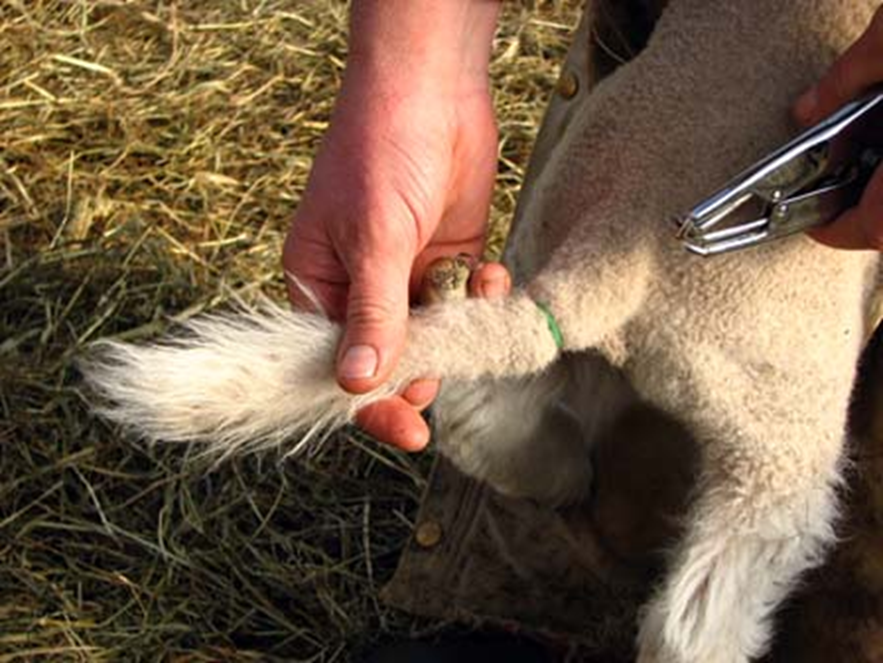
Clostridium tentani
History
Tetanus Pathogenesis
Wound + tissue necrosis —> Bacterial multiplication —> Neurotoxin released —> toxin absorbed by moto nerves and passes up the nerve tract to spinal cord —> Ascending tetanus —> spasmodic, tonic contractions of the voluntary muscles b/c of interference at the NMJ
More toxin released than can be absorbed —> Toxin travels by lymph and blood to brain —> Descending tetanus
Transmission: Tetanus (lockjaw)
Wound contamination
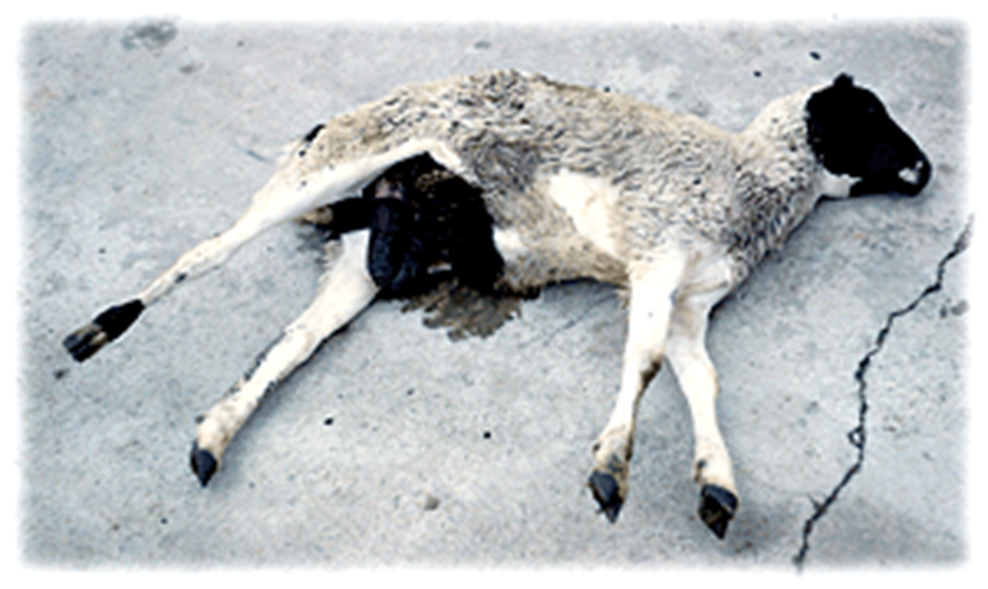
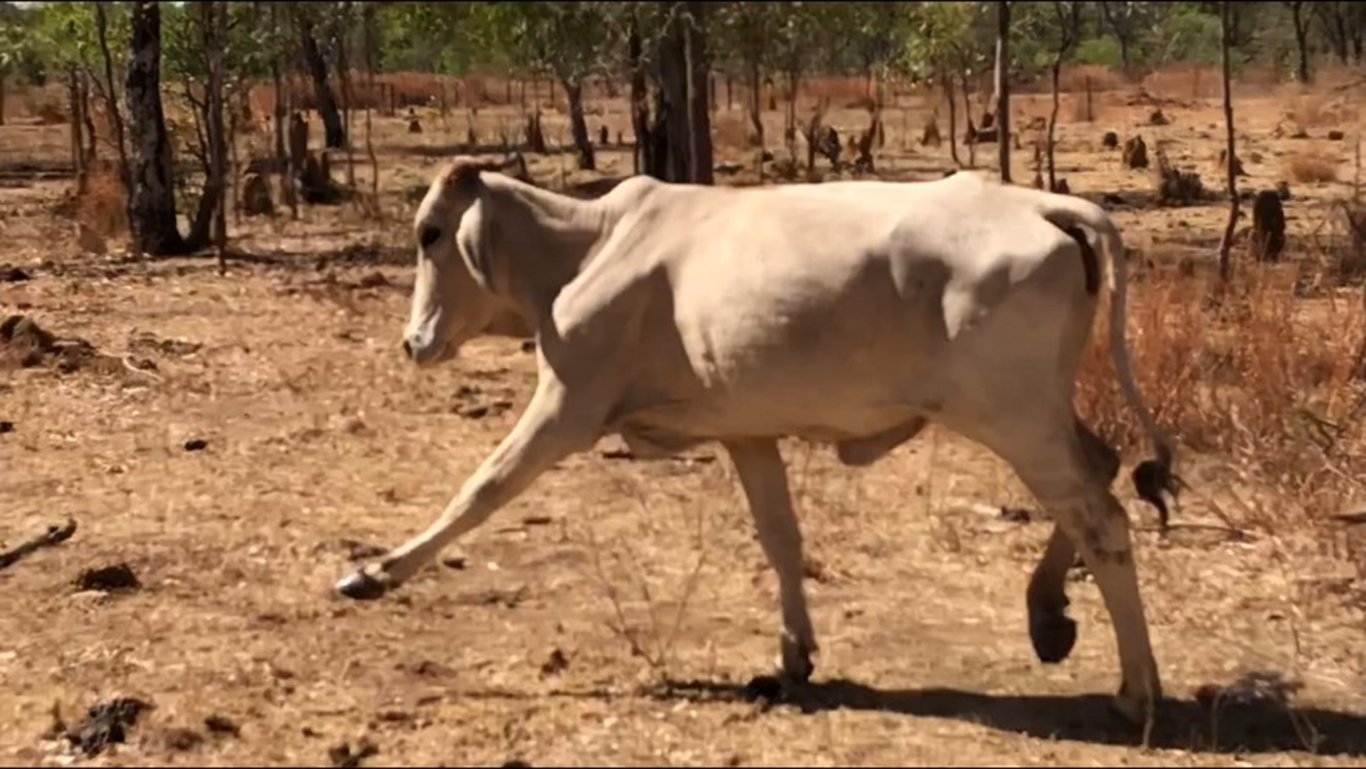
Clinical signs: Tetanus
Treatment and Prevention: Tetanus
Treatment
Penicillin
Wound care
Tranquilizers
Dark, isolated area
Supportive care
Slow recovery
Prevention
Tetanus toxoid
Tetanus antitoxin
Caprine Arthritis-Encephalomyelitis (CAE)
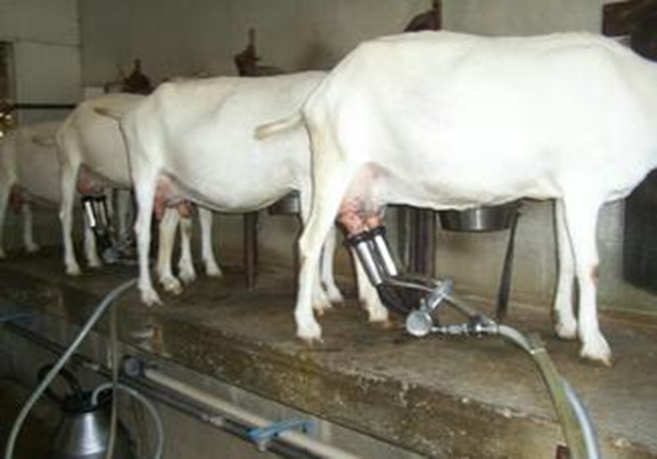
Retrovirus
All goats affected
Transmission: Caprine Arthritis-Encephalomyelitis (CAE)
Oral via colostrum/milk
Direct contact
Clinical Signs on Kid: CAE
Posterior weakness/paresis
Encephalopathy-rare
Mild pneumonia
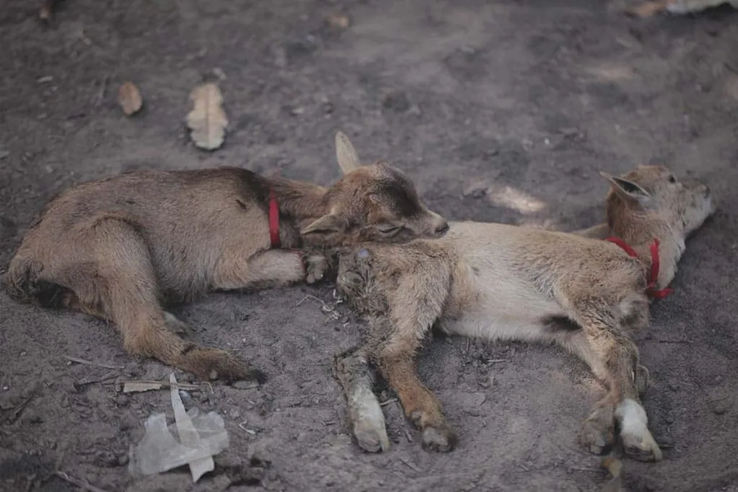
Clinical Signs on Adult: CAE
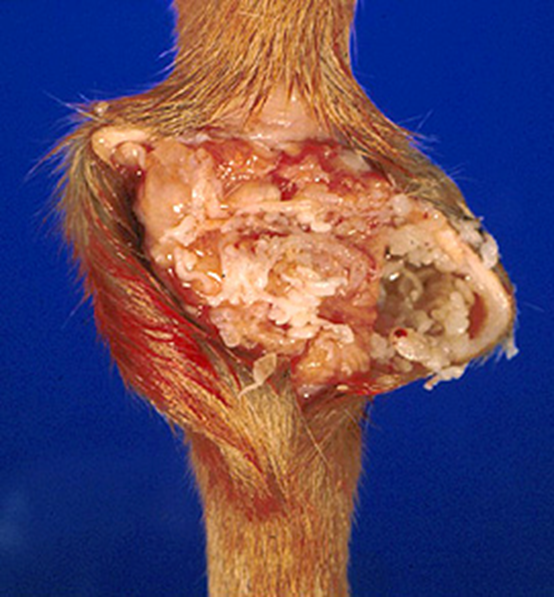
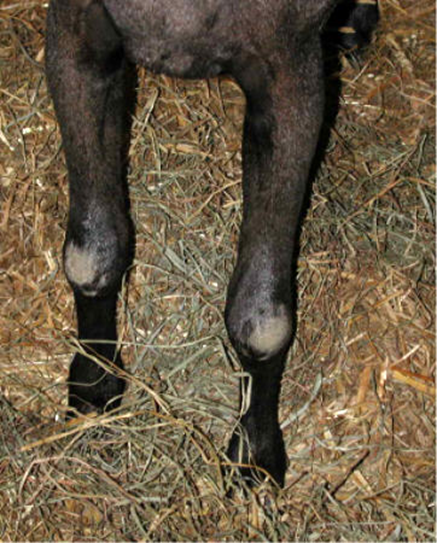
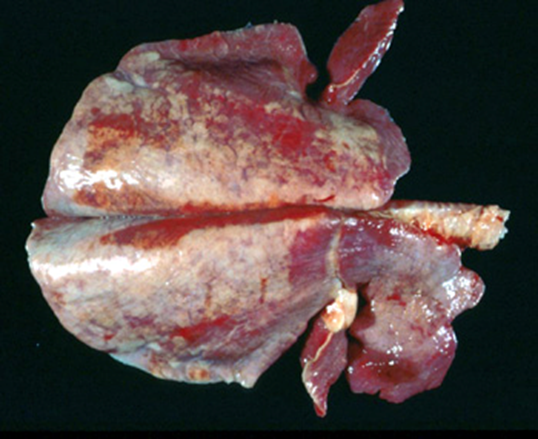
Treatment and Prevention: CAE
Treatment
CNS signs- none
Arthritis- NSAIDs
Prognosis- poor
Prevention/Control
Serologic testing
In infected herd
Depopulate
Test and cull
Scrapie
Progressive infection of sheep/goats that is characterized by fatal encephalitis
Prion: transmissible spongiform encephalopathies (TSE)
Mature sheep
Other TSEs
Bovine Spongiform Encephalopathy (BSE)
“Mad Cow”
Chronic Wasting Disease (CWD)
White-tailed deer, mule deer, elk, moose
Transmissible Mink Encephalopathy (TME)
Ranch-raised
Creutzfeldt-Jakob
Humans
Transmission: Scrapie
Brain tissue ingestion
Nasal secretions
Fecal shedding
Placental fluids
Clinical Signs: Scrapie
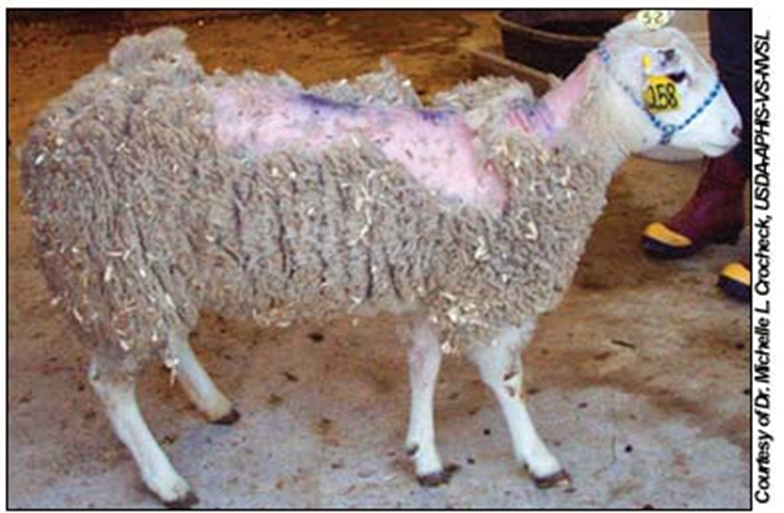
“spongy” appearance
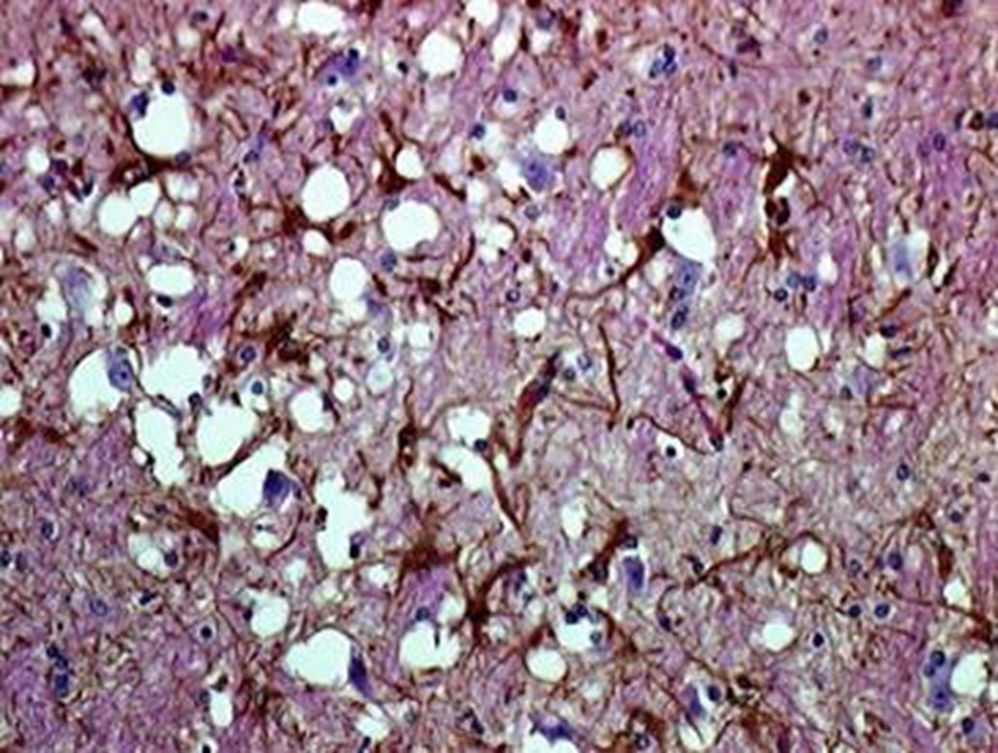
Treatment and Prevention: Scrapie
Treatment
NONE
Prevention
Do not feed sheep by-products
Reportable disease
Nervous Coccidiosis
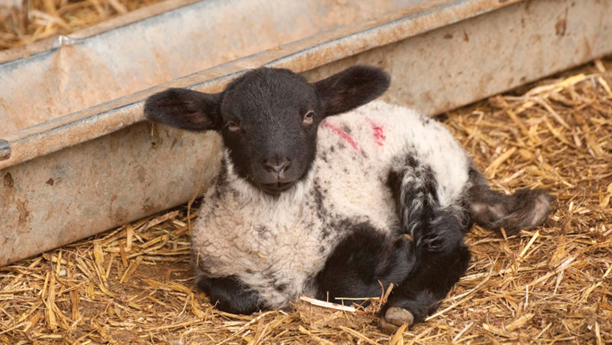
Eimeria spp.-
Winter
Asso with enteric Coccidia
Neurotoxin production
Transmission: Nervous Coccidiosis
Fecal-oral
Clinical Signs: Nervous Coccidiosis
Diarrhea, tenesmus, blood
Prolapsed rectums
Depression, incoordination, twitching and hyperesthesia
Recumbency, opisthotonos, tremors, nystagmus, frothing, bellowing, seizures
Diagnosis
Fecal
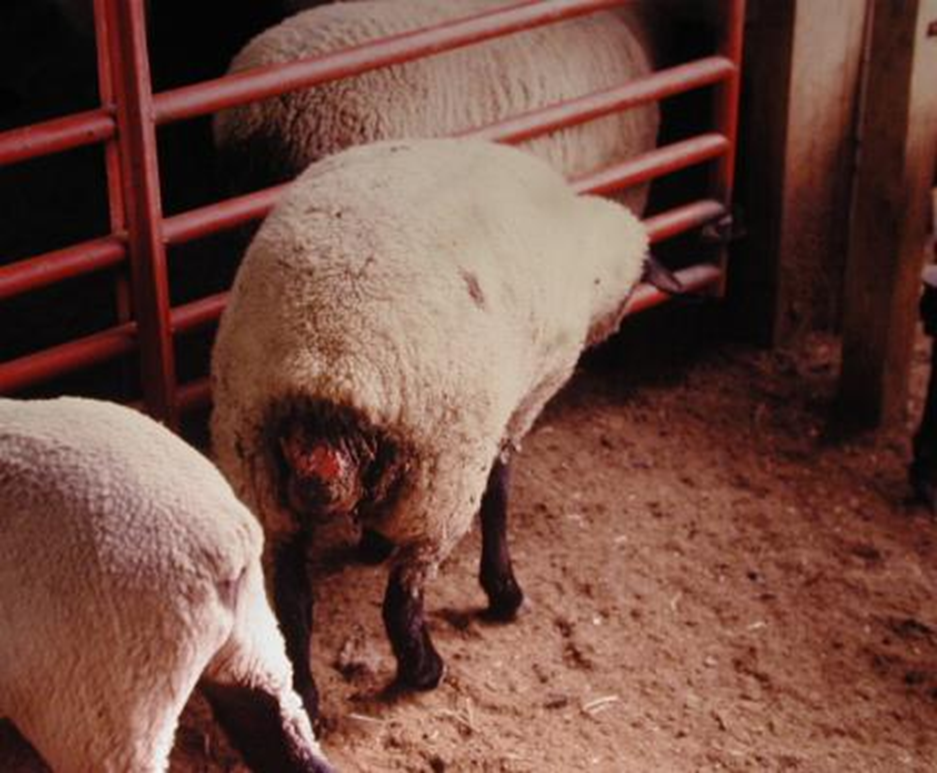
Treatment and Prevention: Nervous Coccidiosis
Sulfamethazine or amprolium
Control seizures
High mortality (72%)
Enterotoxemia (Overeating; Pulpy kidney disease)
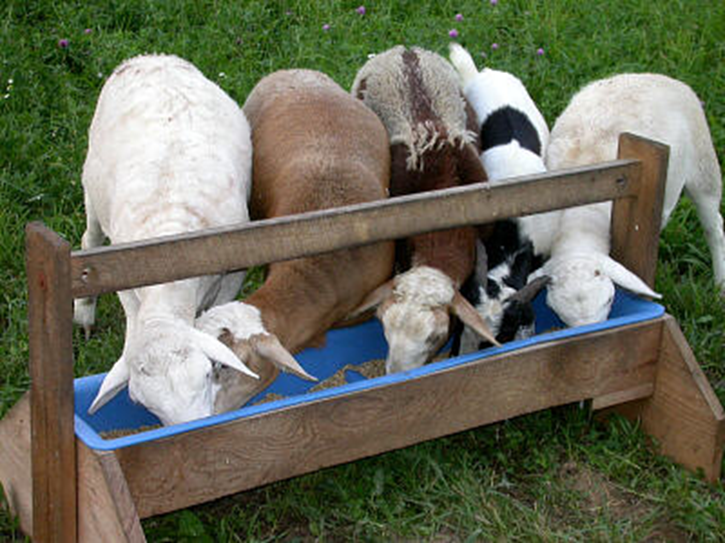
Clostridium perfringens type D produces toxin
Normal microflora of the intestine
Excessive grain or milk
Toxin —> high vascular permeability, causes edema (lungs, kidney, brain)
Clinical Signs: Enterotoxemia
Sudden death
Incoordination and convulsions
Diarrhea
Head pressing
Opisthotonos
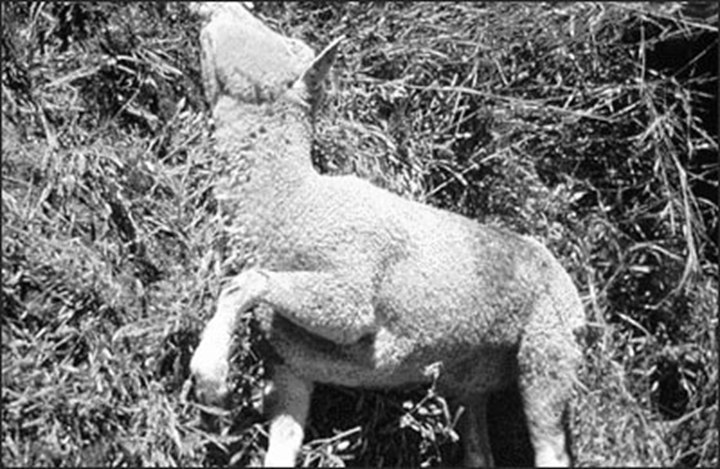
Treatment and Prevention: Enterotoxemia
Treatment
If caught early, type D= antitoxin
Oral antibiotics
Feed hay
Prevention
Introduce slowly to concentrates
Vaccination